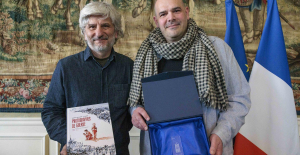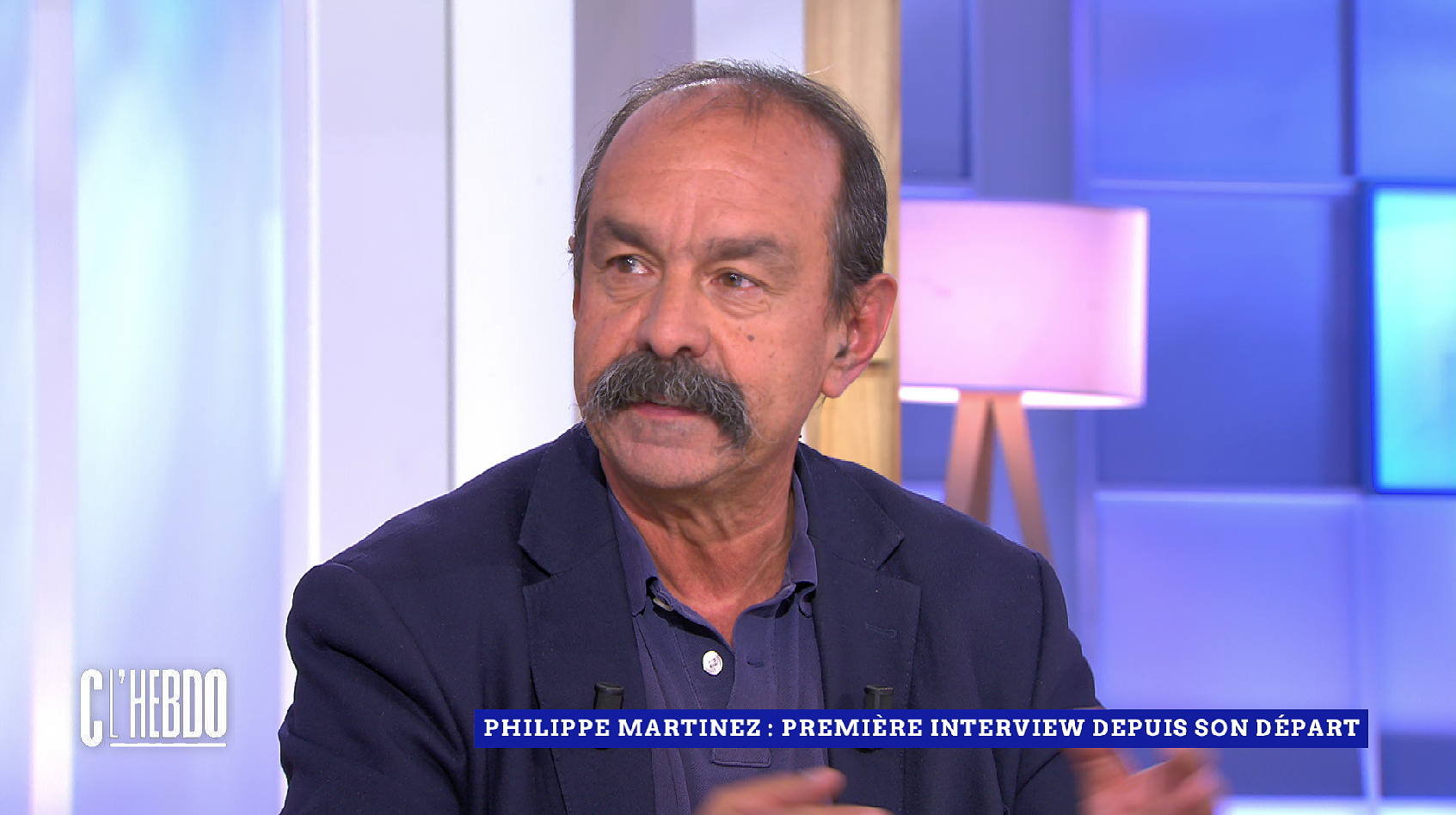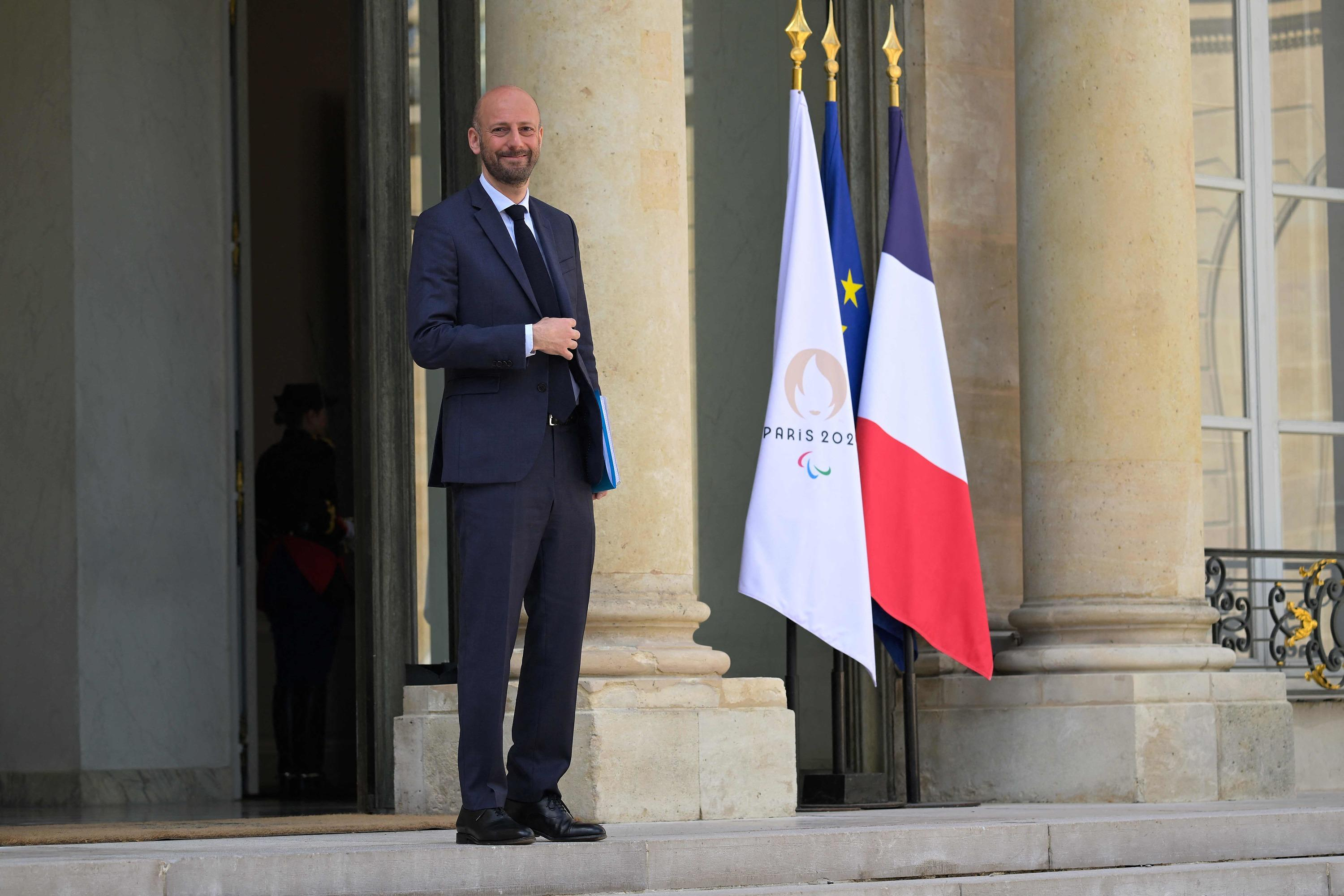A unique discovery. Barbara Huber, researcher at the Max Planck Anthropological Institute in Germany, and her team of scientists have just recreated the smell of a 3,500-year-old mummy, reports the journal Scientific Reports. Beeswax, vegetable oils and tree resins... The curious will soon be able to discover this “perfume of eternity” on October 13, 2023 at the Moesgaard Museum in Denmark.
In order to recreate these smells, the researchers, accompanied by the French perfumer Carole Calvez, analyzed the residues of balms - used during the mummification process to preserve the remains - taken from canopic jars containing Senetnay's mummified liver and lungs, a noblewoman who lived under the 18th dynasty of Egypt. “The scent of eternity is so much more than the aroma of the mummification process. It embodies the rich cultural, historical and spiritual significance of ancient Egyptian mortuary practices,” Barbara Huber said in a statement. The embalming ingredients found in Senetnay balms are among the most elaborate and diverse ever identified for this period, revealing the meticulous care and sophistication with which these balms were created.
These balms, once used to preserve Senetnay's body, are composed of rare substances that were difficult to access at the time. The study of these mixtures reveals a mixture of vegetable oils, fat, beeswax, bitumen (a petroleum derivative used since the Paleolithic), pine resin, dammar or pistachio resin and larch resin. The presence of these components testifies in particular to the very long distance trade carried out by the Egyptians 1450 years BC.
"These complex and diverse ingredients, unique to this ancient period, offer a new understanding of Egypt's sophisticated mummification practices and vast trade routes," says Christian E. Loeben, Egyptologist and curator of the August Kestner Museum, from where the vases come from. Larch resin comes from the northern Mediterranean and central Europe. Dammar resin, if its presence is confirmed in balms, is found in the tropical forests of Southeast Asia.
Considering the precious ingredients used during the mummification process, scientists recognize the high status that Senetnay had in Egyptian society. The woman was married to Sennefer, mayor of Thebes, and was also the wet nurse of Amenhotep II, seventh pharaoh of the 18th dynasty of Egypt. The noblewoman's tomb was discovered over a century ago by Howard Carter in the Valley of the Kings in Egypt.

 B:SM will break its investment record this year with 62 million euros
B:SM will break its investment record this year with 62 million euros War in Ukraine: when kyiv attacks Russia with inflatable balloons loaded with explosives
War in Ukraine: when kyiv attacks Russia with inflatable balloons loaded with explosives United States: divided on the question of presidential immunity, the Supreme Court offers respite to Trump
United States: divided on the question of presidential immunity, the Supreme Court offers respite to Trump Maurizio Molinari: “the Scurati affair, a European injury”
Maurizio Molinari: “the Scurati affair, a European injury” Beware of the three main sources of poisoning in children
Beware of the three main sources of poisoning in children First three cases of “native” cholera confirmed in Mayotte
First three cases of “native” cholera confirmed in Mayotte Meningitis: compulsory vaccination for babies will be extended in 2025
Meningitis: compulsory vaccination for babies will be extended in 2025 Spain is the country in the European Union with the most overqualified workers for their jobs
Spain is the country in the European Union with the most overqualified workers for their jobs In the United States, a Boeing 767 loses its emergency slide shortly after takeoff
In the United States, a Boeing 767 loses its emergency slide shortly after takeoff The A13 motorway will not reopen on May 1
The A13 motorway will not reopen on May 1 More than 1,500 items for less than 1 euro: the Dutch discounter Action opens a third store in Paris
More than 1,500 items for less than 1 euro: the Dutch discounter Action opens a third store in Paris 100 million euros in loans, water storage, Ecophyto plan… New measures from the executive towards farmers
100 million euros in loans, water storage, Ecophyto plan… New measures from the executive towards farmers New York justice returns 30 works of art looted from Cambodia and Indonesia
New York justice returns 30 works of art looted from Cambodia and Indonesia Les Galons de la BD dedicates War Photographers, a virtuoso album on the Spanish War
Les Galons de la BD dedicates War Photographers, a virtuoso album on the Spanish War Theater: Kevin, or the example of an academic failure
Theater: Kevin, or the example of an academic failure The eye of the INA: Jean Carmet, the thirst for life of a great actor
The eye of the INA: Jean Carmet, the thirst for life of a great actor Skoda Kodiaq 2024: a 'beast' plug-in hybrid SUV
Skoda Kodiaq 2024: a 'beast' plug-in hybrid SUV Tesla launches a new Model Y with 600 km of autonomy at a "more accessible price"
Tesla launches a new Model Y with 600 km of autonomy at a "more accessible price" The 10 best-selling cars in March 2024 in Spain: sales fall due to Easter
The 10 best-selling cars in March 2024 in Spain: sales fall due to Easter A private jet company buys more than 100 flying cars
A private jet company buys more than 100 flying cars This is how housing prices have changed in Spain in the last decade
This is how housing prices have changed in Spain in the last decade The home mortgage firm drops 10% in January and interest soars to 3.46%
The home mortgage firm drops 10% in January and interest soars to 3.46% The jewel of the Rocío de Nagüeles urbanization: a dream villa in Marbella
The jewel of the Rocío de Nagüeles urbanization: a dream villa in Marbella Rental prices grow by 7.3% in February: where does it go up and where does it go down?
Rental prices grow by 7.3% in February: where does it go up and where does it go down? Even on a mission for NATO, the Charles-de-Gaulle remains under French control, Lecornu responds to Mélenchon
Even on a mission for NATO, the Charles-de-Gaulle remains under French control, Lecornu responds to Mélenchon “Deadly Europe”, “economic decline”, immigration… What to remember from Emmanuel Macron’s speech at the Sorbonne
“Deadly Europe”, “economic decline”, immigration… What to remember from Emmanuel Macron’s speech at the Sorbonne Sale of Biogaran: The Republicans write to Emmanuel Macron
Sale of Biogaran: The Republicans write to Emmanuel Macron Europeans: “All those who claim that we don’t need Europe are liars”, criticizes Bayrou
Europeans: “All those who claim that we don’t need Europe are liars”, criticizes Bayrou These French cities that will boycott the World Cup in Qatar
These French cities that will boycott the World Cup in Qatar Toulouse-Racing 92: The liberating entry of Antoine Dupont, the Ile-de-France shipwreck... The tops and the flops
Toulouse-Racing 92: The liberating entry of Antoine Dupont, the Ile-de-France shipwreck... The tops and the flops Premier League: Sheffield United relegated after heavy defeat against Newcastle
Premier League: Sheffield United relegated after heavy defeat against Newcastle Judo: Audrey Tcheuméo consoles herself with a 5th European coronation
Judo: Audrey Tcheuméo consoles herself with a 5th European coronation Tennis: in Madrid, Rafael Nadal wins his revenge against Alex De Minaur
Tennis: in Madrid, Rafael Nadal wins his revenge against Alex De Minaur


















